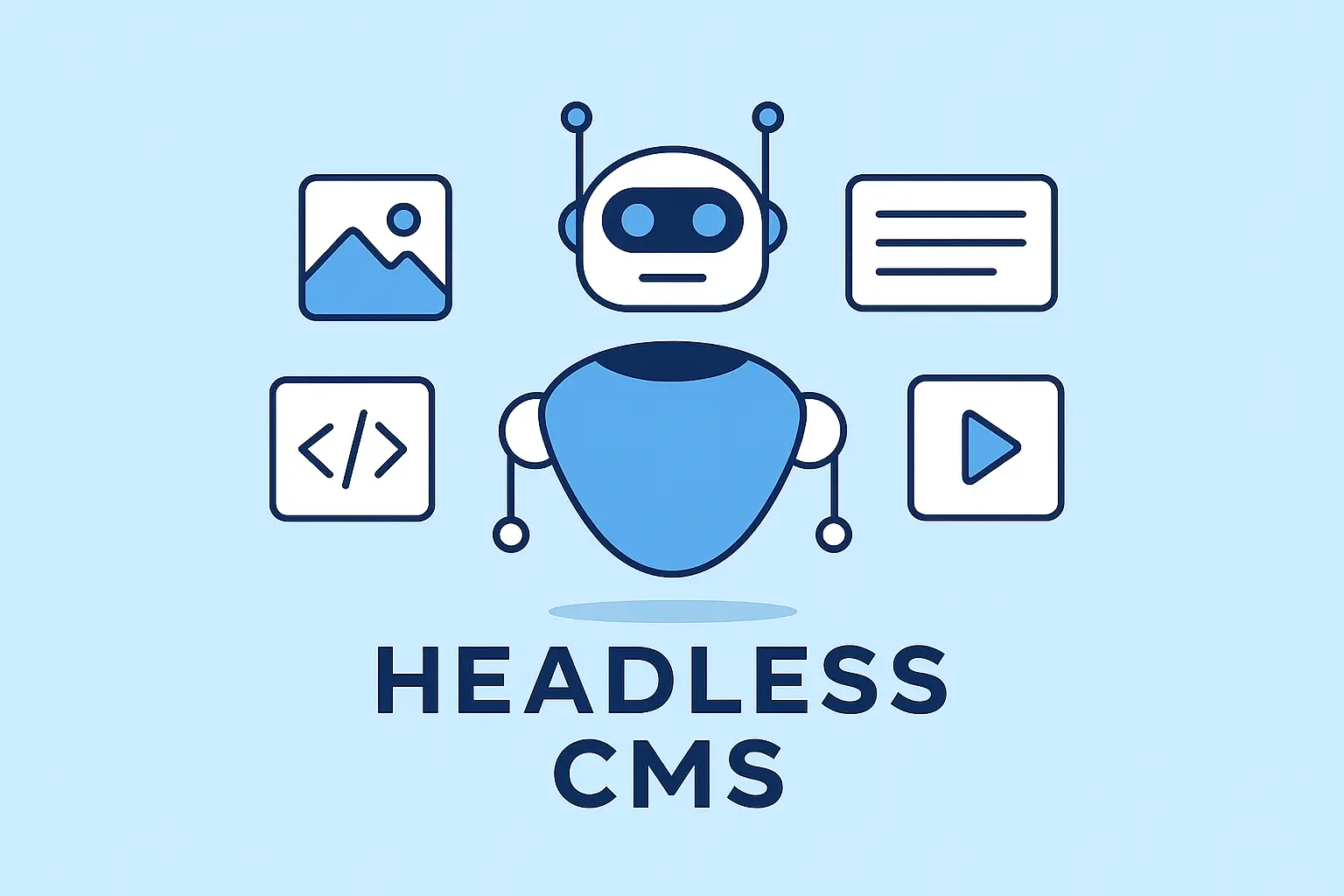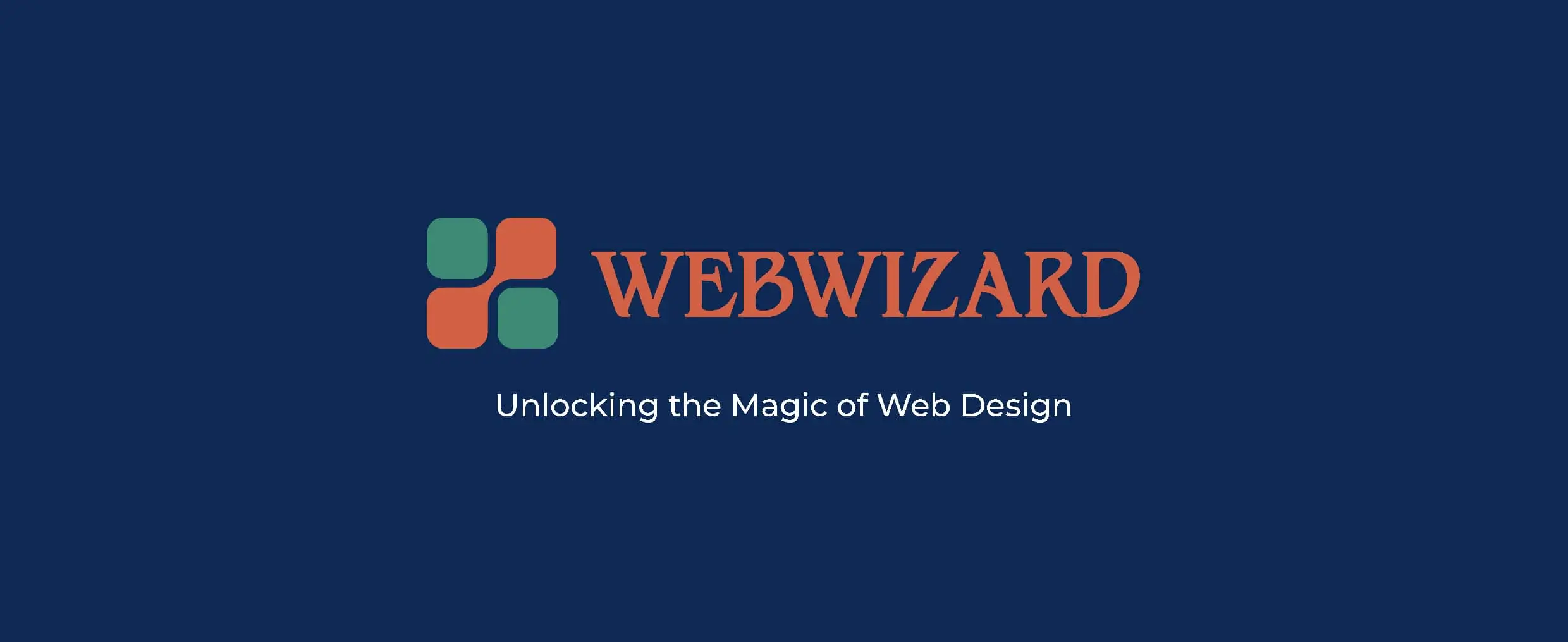Updatated on Sep 08, 2024
Introduction
Search Engine Optimization (SEO) is crucial for any website aiming to gain visibility and attract organic traffic. Understanding how Google ranks websites can help you optimise your site effectively and stay ahead of the competition. This guide breaks down the key factors that Google considers when determining search rankings, providing you with actionable insights to improve your website's performance.
1. Understanding Google’s Algorithm
Google uses a complex algorithm to rank websites, with over 200 ranking factors. The algorithm is regularly updated to ensure that users get the most relevant and high-quality results. While the exact formula is a closely guarded secret, several key components are known to influence rankings significantly.
2. Key SEO Ranking Factors
a. Content Quality and Relevance
-
Content Depth and Breadth: Google prioritises content that is comprehensive and covers a topic thoroughly. Creating in-depth articles that provide real value to users is essential.
-
Keyword Usage: Properly integrating relevant keywords into your content helps Google understand what your page is about. However, keyword stuffing is penalised, so focus on natural and contextually appropriate usage.
-
Content Freshness: Regularly updating your content signals to Google that your site is active and providing up-to-date information. Fresh content is particularly important for topics where recent information is critical.
-
User Intent: Google is getting better at understanding user intent behind search queries. Ensuring that your content aligns with the intent of your target keywords can boost your rankings.
b. User Experience (UX)
-
Mobile-Friendliness: With Google’s mobile-first indexing, the mobile version of your site is considered the primary version. Ensuring your site is fully responsive and mobile-optimised is critical.
-
Page Speed: Fast-loading pages are favoured by Google. Tools like Google PageSpeed Insights can help you identify and fix issues slowing down your site.
-
Core Web Vitals: These are specific factors that Google considers essential in a webpage's overall user experience, including loading performance, interactivity, and visual stability.
-
Site Architecture: A well-structured site with intuitive navigation helps both users and search engines find content. Proper use of header tags (H1, H2, H3) and a logical URL structure contribute to this.
c. On-Page SEO
-
Title Tags and Meta Descriptions: These elements are crucial for SEO. A well-crafted title tag that includes primary keywords can significantly impact rankings. Meta descriptions, while not a direct ranking factor, influence click-through rates.
-
Header Tags: Proper use of header tags (H1, H2, H3) helps Google understand the hierarchy and structure of your content, making it easier for the algorithm to parse and rank your pages.
-
Internal Linking: Linking to other pages within your site helps distribute authority and improve the crawlability of your site. It also enhances the user experience by guiding visitors to relevant content.
d. Off-Page SEO
-
Backlinks: High-quality backlinks from authoritative websites are one of the most critical factors for ranking. Google sees these links as votes of confidence in your content.
-
Anchor Text: The text used in your backlinks (anchor text) also plays a role. Descriptive, keyword-rich anchor text can improve relevance signals to Google.
-
Social Signals: While not a direct ranking factor, a strong presence on social media can indirectly boost your rankings by driving traffic and increasing content visibility.
e. Technical SEO
-
Crawlability: Ensuring that Google’s bots can easily crawl your site is essential. This involves having a proper XML sitemap, a clean robots.txt file, and fixing any crawl errors.
-
Indexing: Not all pages need to be indexed by Google. Use the
noindextag for pages that are not relevant for search engines. Regularly monitor Google Search Console for indexing issues. -
HTTPS: Security is a top priority for Google. Sites using HTTPS are given a slight ranking boost over those using HTTP.
-
Canonical Tags: Avoid duplicate content issues by using canonical tags to point Google to the preferred version of a page.
f. Local SEO
-
Google My Business: For businesses with a physical location, optimising your Google My Business listing is crucial. Ensure that all information is accurate, and encourage satisfied customers to leave reviews.
-
Local Citations: Consistent NAP (Name, Address, Phone number) information across online directories helps Google verify your business's legitimacy.
-
Local Keywords: Incorporate location-specific keywords into your content and meta tags to improve local search visibility.
g. User Engagement
-
Click-Through Rate (CTR): The percentage of users who click on your link in the search results is a strong indicator of relevance to Google. Improve your CTR with compelling meta descriptions and title tags.
-
Bounce Rate: If users quickly leave your site after visiting, it signals to Google that your content may not be relevant or engaging. Aim to create content that keeps visitors on your site longer.
-
Dwell Time: The amount of time users spend on your site after clicking through from a search result. Longer dwell times generally indicate that the content is valuable and relevant.
3. How Google’s Updates Affect SEO
Google frequently updates its algorithm to refine how it ranks websites. Major updates like Panda, Penguin, Hummingbird, and more recently, BERT, have reshaped SEO practices. Staying informed about these updates and adapting your SEO strategy accordingly is essential.
BERT (Bidirectional Encoder Representations from Transformers): BERT, introduced in 2019, is an AI model that helps Google understand the nuances of language in search queries. BERT allows Google to grasp the context of words in a search query, which improves the accuracy of search results by understanding the meaning and intent behind the query.
-
Core Updates: These are broad changes to Google’s algorithm that can significantly impact rankings. It’s important to monitor your traffic and rankings after such updates and adjust your SEO strategy if necessary.
-
Content Quality Updates: These updates often focus on rewarding high-quality content and demoting thin, low-quality content. Regularly audit your content to ensure it meets Google’s quality standards.
4. Best Practices for SEO Success
-
Continuous Improvement: SEO is not a one-time task but an ongoing process. Regularly update your content, build new backlinks, and optimise technical aspects of your site.
-
Holistic Approach: Combine on-page, off-page, and technical SEO strategies for the best results. Neglecting one area can limit your overall success.
-
Monitor and Adapt: Use tools like Google Search Console, Google Analytics, and other SEO tools to monitor your site’s performance and adapt your strategies based on data.
- Checkout the Guide to Free Tools for Auditing, Analysing, and Optimising Your Site
5. Conclusion
Understanding how Google ranks websites is crucial for any successful SEO strategy. By focusing on high-quality content, a positive user experience, robust technical SEO, and effective off-page strategies, you can improve your site’s visibility and drive more organic traffic. Stay informed about algorithm updates and continuously refine your approach to maintain and enhance your rankings over time.






